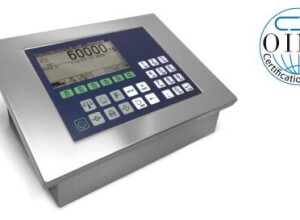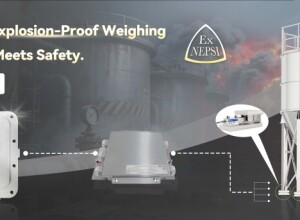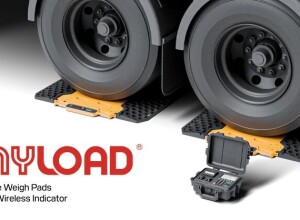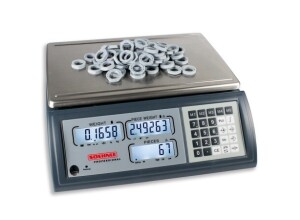Artificial Intelligence in Weighing Systems
Artificial Intelligence (AI) is increasingly shaping the future of weighing technology. From industrial automation to transport monitoring, AI adds new layers of precision, efficiency, and predictive power to traditional weighing systems.
Overview
Traditional weighing relies on mechanical or electronic measurement devices that output a static value. AI enhances these systems by interpreting sensor data, compensating for environmental factors, detecting patterns, and enabling predictive maintenance.
Key Applications of AI in Weighing
- Dynamic correction: AI algorithms filter noise and vibration in weigh-in-motion systems for more accurate axle load measurement.
- Anomaly detection: Machine learning models identify faulty load cells, drift, or tampering faster than manual checks.
- Predictive maintenance: AI analyses performance trends to forecast calibration needs or component failure.
- Process optimization: In production lines, AI-powered checkweighers adjust filling machines in real time.
- Data integration: Combining weighing results with ERP, logistics, or traffic data for better decision-making.
Benefits
The integration of AI leads to higher accuracy, reduced downtime, better compliance, and more intelligent decision support across industries.
Challenges and Considerations
- Data quality is critical: poor calibration leads to poor AI results.
- Regulatory frameworks for legal-for-trade weighing do not yet fully address AI-driven systems.
- Integration costs and data security must be carefully managed.
Future Outlook
AI is expected to make weighing systems more autonomous, self-diagnosing, and seamlessly integrated into smart factories, intelligent transportation systems, and IoT ecosystems.

























